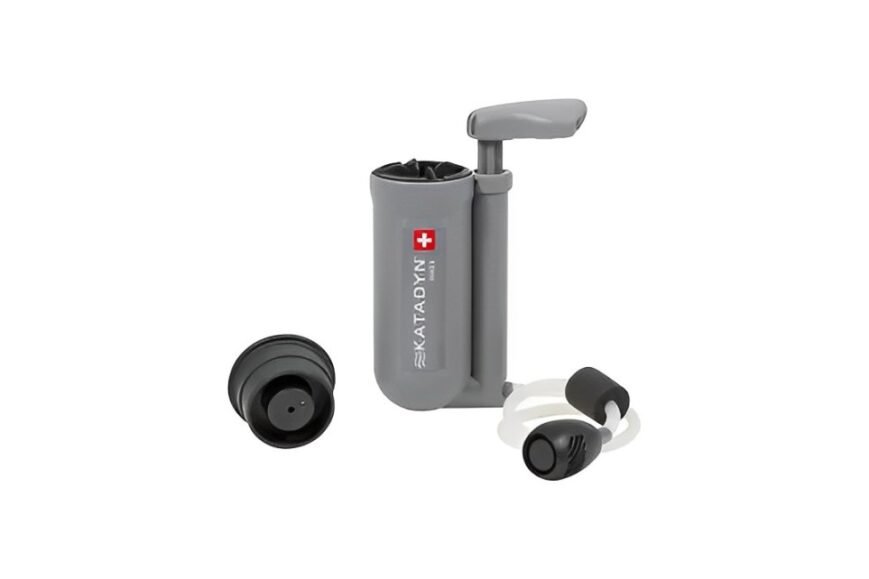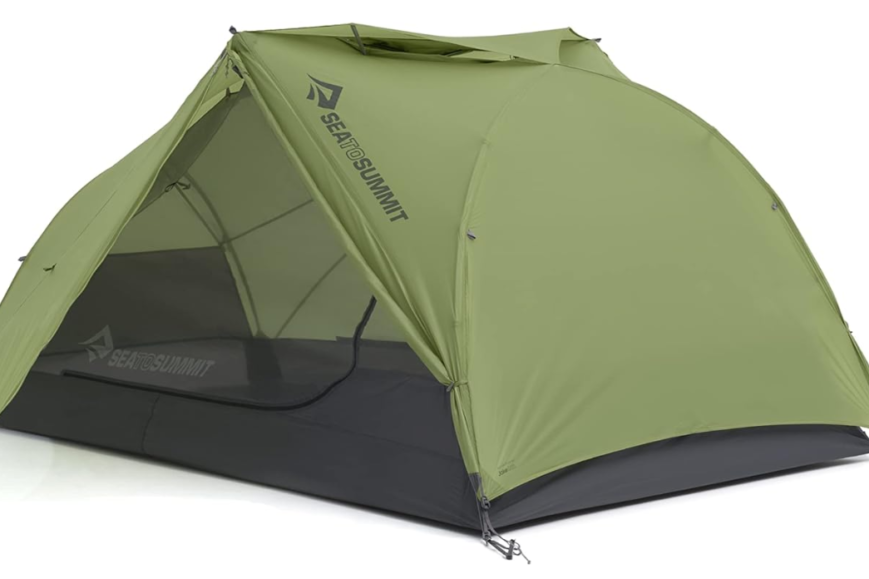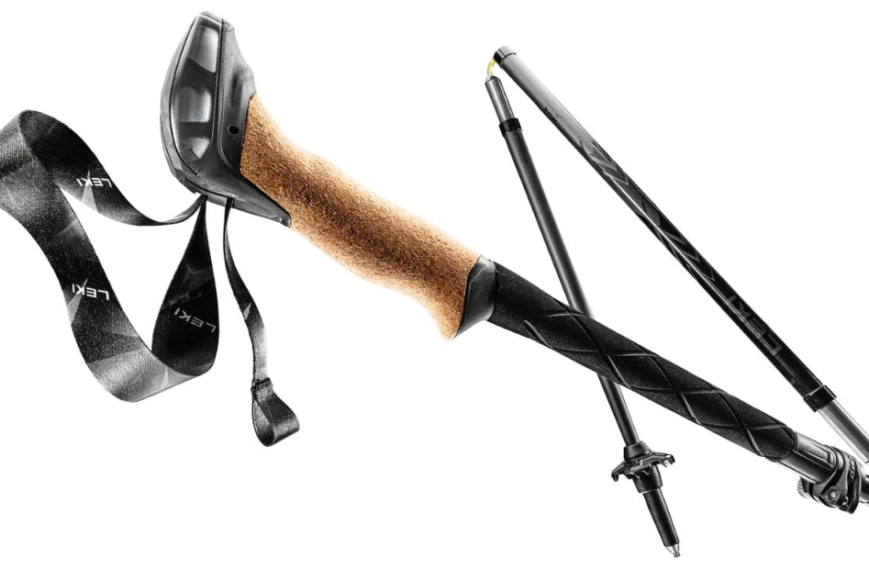- Hiking sticks improve balance, reduce knee strain, and aid arthritis sufferers.
- They provide a mild upper-body workout and can come with a single or pair depending on preference.
- When choosing a stick, consider height, adjustability, ergonomic grips, weight, and material such as carbon fiber or aluminum.
- Hiking sticks have variations like collapsible, monopods, and wood crafted for traditional style.
- They can feature multifunctional tools like compasses, camera mounts, or survival gear.
- Using hiking sticks improves posture and walking efficiency by keeping the back straight and reducing the strain on the spine.
- Walking canes offer added stability and a four-leg stance for seniors.
- Maintain hiking sticks by keeping them dry, cleaning them, storing them properly, and frequently inspecting them for damage.
Out on the trails, you might wonder if hiking sticks are truly your ally. “Do Hiking Sticks Really Help? How to Choose the Right Hiking Stick | Expert Guide” takes you through the solid perks of trail sticks. From keeping your balance on rough paths to easing knee pain, we lay out why trekking poles might be a game-changer for your adventures. Plus, stick around as we guide you through picking one that’s just right for you.

What Are the Benefits of Using Hiking Sticks?
Do hiking sticks really help? Yes, they do. Hiking sticks aid walkers and hikers. They make moving on trails easier, boost balance, and support your knees. Let’s dive into how they help you on your trails.
Trekking poles offer great balance, especially on uneven ground. They act as extra legs. When you walk over rocks or roots, they keep you steady. This means less risk of falling and more confidence as you hike. Trail sticks for balance are a key help here. You should have them on rough paths.
Knee pain bothers many hikers, but a walking stick offers knee support. It takes some weight off your legs. This can lessen pain and make hikes less tough on your joints. For long downhills, this is very vital. Here, pressure on the knees goes up a lot. A stick helps control the impact.
For those with sore joints, hiking poles for arthritis are a blessing. They let you move more naturally. This reduces the strain on your joints which can flare up arthritis pain. Poles also give you a mild upper-body workout. This can help keep joint stiffness at bay.
Do you need 1 or 2 hiking sticks? It depends on your needs. Two sticks offer more stability and support. Yet, for some, one stick is enough. It can free up a hand for other tasks. So, think about your hikes and choose what suits your style.
In all, hiking sticks are not just a tool, they are a hiking partner. They support you, keep you stable, and make hikes more enjoyable. Whether on a tough trail or a simple walk, they’re always ready to help.
How Do I Choose the Right Hiking Stick?
Choosing a good hiking stick starts by considering key factors. Pick one that fits your height. The stick should reach your wrist when you hold your arm straight down. An adjustable walking stick is best. It fits any height and is great for uphill and downhill walks.
Get a stick with ergonomic grips. Your hands and wrists will thank you. Comfort matters, especially on long hikes. Without an ergonomic grip, you could get blisters or feel sore.
You’ll want a hiking stick that’s lightweight, too. A light stick makes hiking easier and you can move more freely. Heavy sticks tire you out. Not what you want on a long trail!
Look for lightweight materials like carbon fiber or aluminum. They offer a good balance of durability and lightness.
Now, you’re set with some basic tips. Enjoy finding the perfect hiking stick for your next adventure!

What Are the Different Types of Hiking Sticks Available?
A hiking stick is often called a trekking pole or a walking staff. Different materials like carbon fiber, aluminum, and wood are common. Carbon fiber hiking sticks are light and stiff. Aluminum ones are strong and a bit heavier. Wooden hiking staffs show fine craftsmanship.
Collapsible hiking sticks can fold or slide into a shorter length. This makes them easy to carry. Non-collapsible models are sturdy but less portable. Some sticks double as monopods or have camera mounts. Others serve as walking canes. Wooden staffs look great with their natural look and detailed handwork.
When looking at carbon fiber versus aluminum trekking poles, pick carbon fiber for less weight, and choose aluminum for more strength at a slight weight increase. Collapsible sticks are great for travel, while wooden hiking staff craftsmanship may appeal to those who value tradition and style in their hiking gear. Unique features like camera mounts can turn your stick into a handy tool on trails.
Remember, the type of stick you choose should fit the hiking you like best. Light, strong, and fancy or simple, the right stick feels good in your hand and supports your adventures on the trail.
How Can Hiking Sticks Be Incorporated as Multifunctional Tools?
Hiking sticks are not just for walking. They can do much more. A trekking stick with a camera mount lets you take steady photos. In tough times, survival tools in trekking poles are life savers. Plus, many accessories can turn sticks into multifunctional trekking poles.
Yes, a compass on a stick gets you through unknown paths. It sits at the top of your staff. You look at it and know which way to go. No more fears of getting lost.
A camera mount on a trekking pole is cool too. You fix your camera on it. Then snap! You get pictures that are not shaky. Friends will think you had a tripod.
In survival situations, a trekking pole is a key tool. It might have a sharp tip or a built-in knife. These can help you in the wild, like for making shelter or finding food.
Then there are all kinds of add-ons for sticks. You can have mirrors, lights, or even flasks. Each one gives your stick a new trick. Enjoy your hike and be ready for surprises.
Hiking sticks are your friends out in nature. They help in so many ways. Never think they are just there to lean on. They guide, they capture memories, and they might just save your day.

Can Hiking Sticks Improve My Posture and Walking Efficiency?
Walking sticks help you stand tall while hiking. They keep your back straight. This reduces stress on your spine. As a result, your posture improves.
For seniors, a hiking pole is a key aid. It helps with balance and support. A hiking pole can make walks safer and more enjoyable.
Walking canes offer extra stability. They are especially useful on uneven terrains. With a cane, you’re less likely to trip or fall.
Hiking sticks help you keep a good walking rhythm. With each step, they help you move forward efficiently. They can even make your hike faster.
Let’s delve deeper. Walking sticks for posture help align your body. This alignment is critical for a safe and effective hike. A straight posture also helps you breathe better. This can make a long hike feel easier.
Hiking poles can be a game-changer for seniors. They allow for less strain on the legs and hips. This means you can explore trails without fear of falling.
Walking canes offer two points of contact with the ground. This gives you a “four-leg” stance, making you much more stable. They can be vital on tricky paths. They are like a friend’s steady hand across rough patches.
Hiking sticks give you a natural push with each step. This helps in maintaining a steady pace. With good rhythm, you walk better and tire less.
Walking sticks, hiking poles, and canes improve your hikes. They help with your posture, support, stability, and pace. Make sure your next adventure includes one of these hiking allies!

How Do I Ensure the Durability and Long-Term Use of My Hiking Stick?
Hiking stick durability starts with the right care. For wood, keep it dry and oiled. Carbon fiber and aluminum need less care. Just wipe them clean.
Keep your stick safe when not in use. Store it in a cool, dry place. For collapsible poles, keep them free from dirt before folding.
Adding a custom design to your stick can make it last longer. Think about adding a tough tip or a grip that fits your hand.
Make checking your stick a habit before you hike. Look for cracks, splinters, or loose parts. Fix any issues right away to stay safe on the trail.
To sum up, caring for your hiking stick means choosing the right storage, checking it often, and fixing problems fast. This will make your stick last for many hikes to come.
Conclusion
We’ve explored how trekking poles are key for safe, comfy hikes. They help with balance and ease the stress on knees, especially for those with arthritis. When picking one, adjustability and lightweight matter. Different materials and types, like carbon or collapsible, have their ups and downs. We also saw how these sticks have cool extra uses, like for cameras or survival gear. They even boost your walk and can last long if you care for them right. Stick to these tips for great hikes and solid gear. Keep exploring and stay steady on the trails!
![]()







